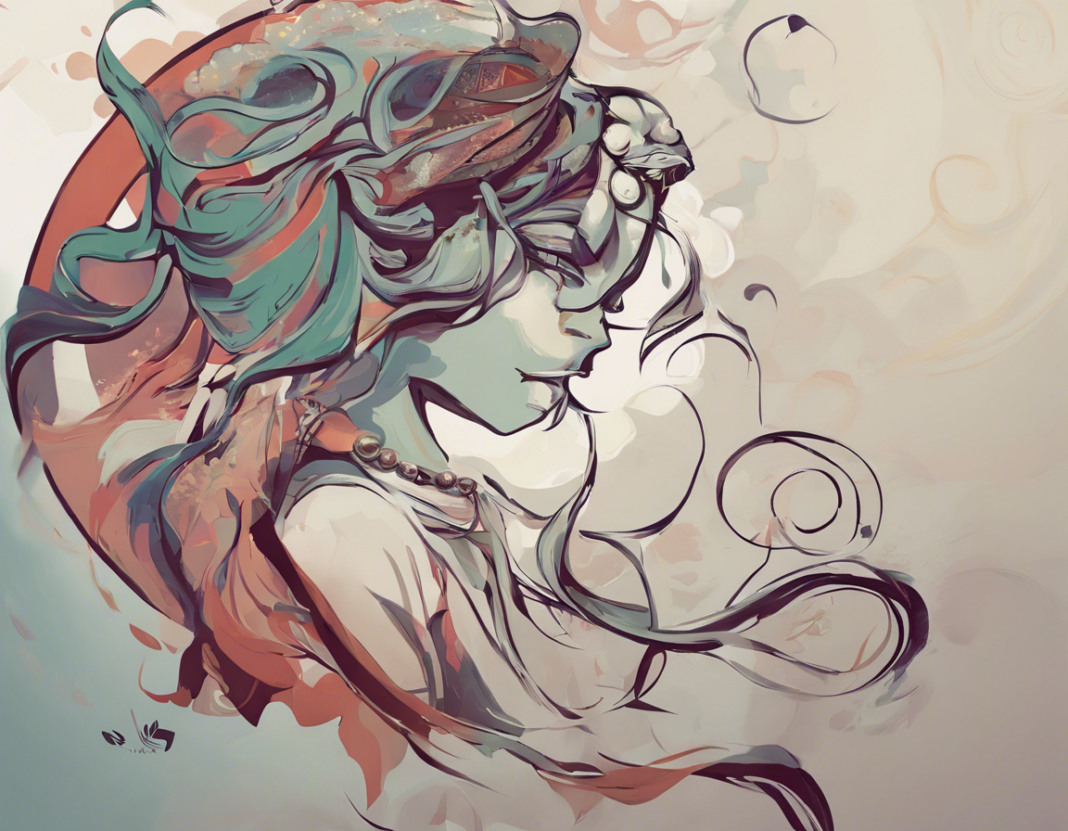Introduction
The realm of Darawni Kahani, or scary tales, has captivated audiences for generations across various cultures and societies. These tales encompass a wide range of themes, from supernatural entities and curses to psychological terror and the unknown. In this comprehensive guide, we delve into the world of Darawni Kahani and uncover the elements that make these stories so chilling and intriguing.
History and Origins
Darawni Kahani has its roots in ancient folklore and oral traditions. These tales were passed down through generations, evolving and adapting to the cultural contexts of different regions. In South Asia, for example, Darawni Kahani often incorporates elements of jinn, ghosts, and spirits, reflecting the rich tapestry of beliefs and superstitions in the region. Similarly, in Western cultures, ghost stories and urban legends have long been a source of intrigue and fear.
Themes and Motifs
One of the key themes that run through Darawni Kahani is the supernatural. Whether it’s vengeful spirits seeking retribution or malevolent entities haunting the living, these tales exploit our deepest fears of the unknown. The concept of hauntings and possession also feature prominently, tapping into our primal instinct to protect ourselves from unseen threats.
Another common motif in Darawni Kahani is curses. These malevolent spells, often inflicted as a form of punishment or revenge, carry a sense of inevitability and dread. The idea of being doomed or fated to suffer the consequences of a curse adds a layer of fatalism to these stories, heightening the sense of horror and helplessness.
Narrative Techniques
The art of storytelling plays a crucial role in crafting a truly chilling Darawni Kahani. Atmosphere is key, with many tales set in dark, foreboding locations such as graveyards, abandoned houses, or haunted forests. Suspense is also a vital element, as storytellers slowly unravel the mystery and build tension towards a terrifying climax.
Character Archetypes
In Darawni Kahani, certain character archetypes recur across different tales. The innocent victim who falls prey to supernatural forces, the skeptic who dismisses the warnings of others only to face dire consequences, and the wise elder who possesses knowledge of the supernatural world are just a few examples. These archetypes serve to guide the narrative and evoke specific emotional responses from the audience.
Impact and Legacy
The enduring popularity of Darawni Kahani speaks to the fascination with fear and the unknown that is deeply ingrained in human nature. From ancient myths to modern horror films, the influence of these scary tales can be seen across various forms of media. Authors, filmmakers, and storytellers continue to draw inspiration from the rich tapestry of Darawni Kahani, ensuring that these spine-chilling tales remain relevant and compelling in the contemporary world.
Tips for Crafting Your Own Darawni Kahani
If you’re inspired to create your own scary tale, here are some tips to help you craft a gripping narrative:
- Establish a sense of atmosphere: Set the scene effectively to create a mood of suspense and unease.
- Develop compelling characters: Create characters that the audience can connect with and care about, making their fate all the more impactful.
- Build suspense: Slowly reveal the horrors lurking within your story, keeping readers on edge and eager to uncover the truth.
- Twist endings: Consider incorporating a surprising twist or revelation at the end of your tale to leave a lasting impression on your audience.
FAQs
Q: Are Darawni Kahani based on true events?
A: While some Darawni Kahani may draw inspiration from supposed real-life encounters with the supernatural, most are fictional tales crafted to evoke fear and suspense.
Q: What makes Darawni Kahani so frightening?
A: The combination of supernatural elements, psychological terror, and a sense of the unknown all contribute to the chilling nature of Darawni Kahani.
Q: Can children enjoy Darawni Kahani, or are they too scary?
A: While some Darawni Kahani may be too intense for young children, there are milder versions of scary tales that are suitable for all ages.
Q: Are there different types of Darawni Kahani in different cultures?
A: Yes, Darawni Kahani can vary greatly depending on the cultural background and beliefs of the society in which they originate.
Q: Do Darawni Kahani always have a moral or lesson to impart?
A: While some scary tales may carry moral undertones or warnings, others simply aim to entertain and frighten audiences without a specific message.
Conclusion
Darawni Kahani continues to captivate audiences around the world with its potent blend of supernatural terror, suspenseful storytelling, and timeless themes of fear and the unknown. Whether told around a campfire, written in a book, or portrayed on the silver screen, these scary tales serve as a reminder of our enduring fascination with the darker aspects of human experience. So, the next time you find yourself shivering in fear at a spine-chilling tale, remember that you are participating in a tradition as old as storytelling itself.

